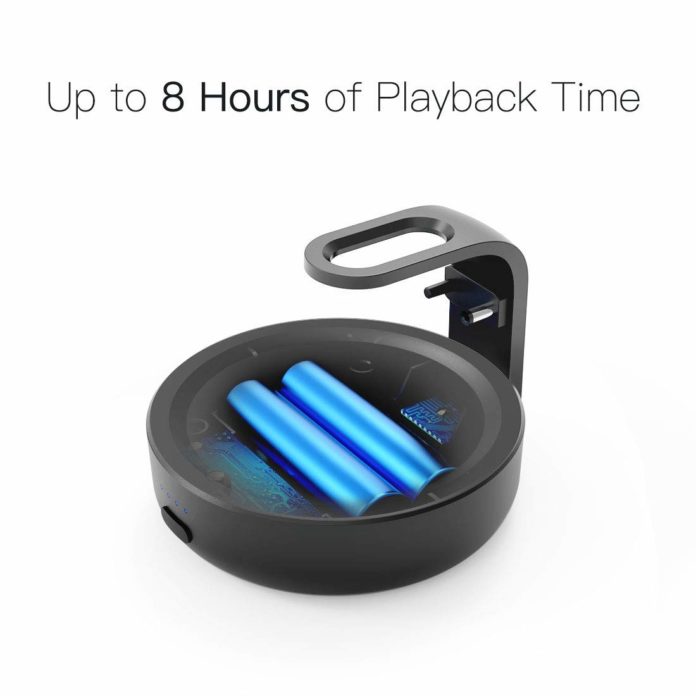Like other portable electronic consumers, digital cameras use batteries as their power source. In this article, we will describe different battery technologies and their disadvantages and benefits. Armed with this knowledge, you will be able to take into account the battery used when purchasing your next camera.
A camera usually supports only one type of battery, either a disposable battery or a rechargeable one. The exception is cameras powered by standard AA, AAA or similar batteries. In most of these cases, disposable and rechargeable batteries can be used interchangeably.
There are two types of battery:
disposable batteries: can only be used once. They usually have a standard size and shape like AA, AAA and so on. You can buy these batteries in most stores and once they are empty, just dispose of them (please help keep the environment safe and clean by only disposing of batteries for special batteries for disposal).
rechargeable batteries: can be used several times. Some rechargeable batteries have a standard size and shape such as AA, AAA and so on. Such standard size batteries can be used anywhere a disposable battery can. Most often, however, rechargeable batteries have a peculiar shape and are compatible with only a few specific cameras. When a rechargeable battery is empty, you can place it in a special charger that will charge it. The time it takes to recharge a battery, the number of times it can be recharged, and the battery life depends on the technology used to build the battery.
There are advantages and disadvantages to using disposable or rechargeable batteries. The main advantage of using a disposable battery is that you can always buy a few to replace those that are empty and you can always get one in a nearby store if you are stuck with empty batteries. The disadvantages of using disposable batteries are the cost of buying new batteries every time your batteries are empty, capacity (in most cases, a disposable battery will not last as long as a good rechargeable battery). On the other hand, rechargeable batteries only require one purchase. When the battery is empty you can simply place it in its charger and after an hour you will have a fully charged battery. The downside is that if you run out of batteries during a photography session or somewhere away from home or a power supply, you can’t just buy another battery. The solution to this problem is to buy an extra battery and always carry it with you fully charged.
If your camera uses standard size batteries, e.g. AA or AAA, you can have the benefits of both disposable and rechargeable batteries. You can always use disposable AA or AAA batteries with the camera, but you can also get a rechargeable AA or AAA battery and use it when convenient.
Rechargeable battery technologies:
Various technologies are used to build rechargeable batteries. Look at the battery itself to find out which technology was used in most cases it will be written on a small sticker on the battery or somewhere on its packaging. The following are the most common technologies and some of their advantages and disadvantages:
nickel cadium: one of the oldest technologies. These batteries are cheap, they can be charged quickly and many times before they lose their capacity. Downside, they have a low capacity and have a “memory effect” – a “memory effect” means that the battery cannot be recharged to its full capacity unless completely discharged. This can be a problem since in most cases you want to make sure that your battery, regardless of its current state, is fully charged before going on a photo shoot. Some charges solve this problem by first discharging the battery and only then recharging it to its full capacity.
Nickel Metal Hybrid: This technology is an enhancement of nickel cadium. These battery capacities are much higher up to 50% more. Although it still has a “memory effect”, it is less noticeable than in nickel-cadium batteries. On the downside, these batteries can be charged less times before they lose their capacity, and they also drain faster when not in use.







